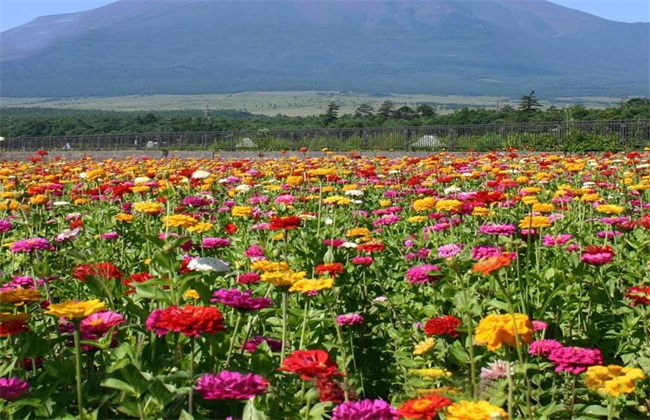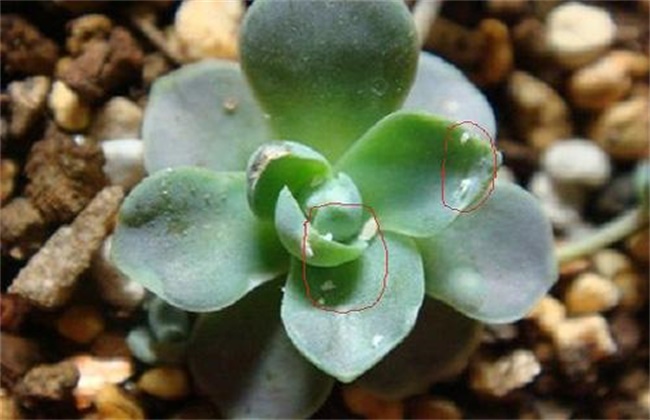Culture method of zinzhiju
Hundred-day chrysanthemum is an annual herb and a very popular ornamental plant. It also has a great market demand in our country. There is a certain wild area, but also has a wide cultivation area. And hundred-day chrysanthemum also has a certain medicinal value, can be used to treat cold and fever, stomatitis and so on. So how to raise the hundred-day chrysanthemum? The following editor has brought you the breeding method of hundred-day chrysanthemum, let's have a look!

1. Methods of reproduction
The propagation method of zinnia is mainly sowing and reproduction. The sowing time can be selected from April to June. Before sowing, the seeds should be disinfected with potassium permanganate and then made into a substrate with rotten leaf soil, river sand and peat. Before sowing, the soil should also be disinfected to eliminate germs and pests in the soil. Then the substrate is wetted and then on demand, the temperature is controlled at about 22 degrees, and it can sprout in 4 days. In the germination period, basically does not need light, after germination to maintain 55% of the soil water content, not too wet, to avoid causing rotting roots.
2. Temperature and light
Hundred-day chrysanthemum likes to grow in warm, sunny places, and its heat resistance and cold resistance are relatively poor. In addition to doing a good job of shading during the seedling stage of the hundred-day chrysanthemum, adequate light should be maintained throughout the growth period. During the growing period, the temperature should be controlled at about 19 degrees during the day and 15 degrees at night. The growth rate of hundred-day chrysanthemum in summer is very fast, so all-day sunshine can be carried out in summer. If the light is not enough, it will lead to the phenomenon of overgrowth, the decline of resistance, and affect the flowering of zinzhiju.
3. Plant stereotyping
When the hundred-day chrysanthemum is planted, we also have to do a good job of picking the heart. If the heart is not picked in time, it will lead to too few lateral branches of the plant, and the flowering rate will decrease. Reasonable heart picking can dwarf the plant and increase the number of flowers. When the seedling grows to four true leaves, it should be carried out with planting combined with coring. Promote the growth of the lower branches of the plant. About 4 pairs of true leaves were retained about 7 days after planting, and then the coring work was adjusted according to the plant growth and branching. The withered flower heads should be cut off after the flowers have withered to avoid nutrient loss.
4. Water and fertilizer management
Watering should be done 7 days after seedling planting to keep the soil moist and promote the growth of surface roots. When the roots grow to the deep layer of the soil, you can start topdressing work, topdressing about three times a week, and control the types of fertilizers according to weather changes, such as applying water fertilizer in sunny days, grain fertilizer in rainy days, and calcium fertilizer in an appropriate amount. It is necessary to re-apply fertilizer after each heart removal, and after entering the reproductive growth, the application amount of phosphorus and potassium fertilizer can be increased appropriately. Improve the flowering rate, improve the quality of flowers, and appropriately reduce the application of nitrogen fertilizer. Then it is necessary to do a good job of watering to provide sufficient water for the growth of zinnia.
The above is a brief introduction to the breeding methods of hundred-day chrysanthemum. That's all for today's introduction. This article is for reference only. I hope it can help you all.
Related
- Fuxing push coffee new agricultural production and marketing class: lack of small-scale processing plants
- Jujube rice field leisure farm deep ploughing Yilan for five years to create a space for organic food and play
- Nongyu Farm-A trial of organic papaya for brave women with advanced technology
- Four points for attention in the prevention and control of diseases and insect pests of edible fungi
- How to add nutrient solution to Edible Fungi
- Is there any good way to control edible fungus mites?
- Open Inoculation Technology of Edible Fungi
- Is there any clever way to use fertilizer for edible fungus in winter?
- What agents are used to kill the pathogens of edible fungi in the mushroom shed?
- Rapid drying of Edible Fungi



